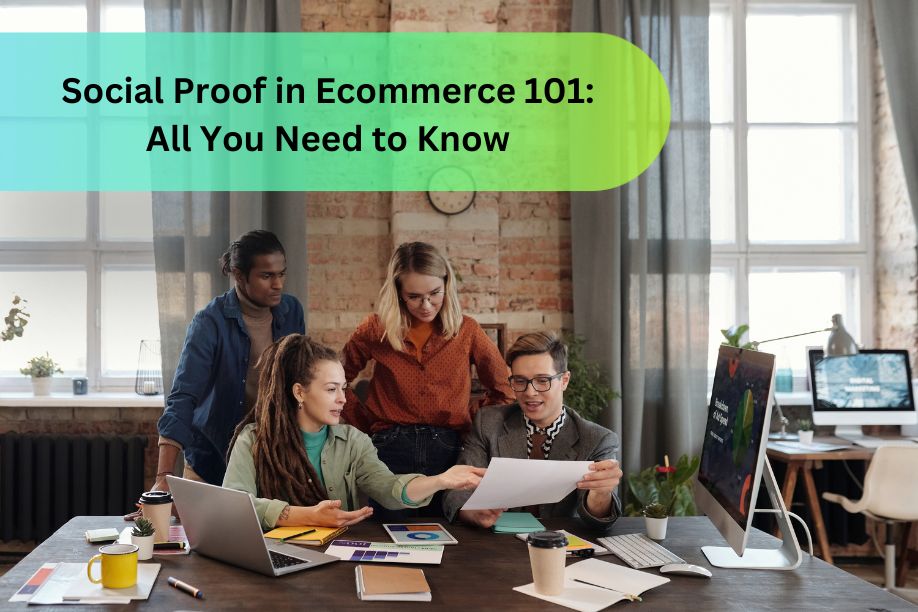Customers naturally seek reassurance before finalizing their purchase decision. This reassurance often takes the form of social proof. Today, I’ll demonstrate how to effectively use the influence of social proof in ecommerce and retail marketing strategy.
Let’s get started.
What is Social Proof in Ecommerce?
In e-commerce, social proof is a powerful tool that takes advantage of the psychology of consumers. It builds trust and convinces shoppers to buy by demonstrating that other people have already made positive choices about the products or services you offer.
Here’s the basic idea: People are more likely to trust something if they see others doing the same. So, by showcasing social proof, you’re essentially borrowing trust from your existing customer base to influence new customers.
Why is Social Proof Important for Ecommerce?
Social proof is effective, as evidenced by the data.
A significant 82% of Americans turn to recommendations from friends and family prior to making a purchase. However, it’s noteworthy that it’s not solely recommendations from acquaintances that influence shoppers. A majority, around 70%, are inclined to trust recommendations from individuals they haven’t even met.
Boost your Conversion Rates
Ecommerce entrepreneurs leverage product reviews gathered from their websites and various social media platforms to accumulate positive social proof from customers, consequently boosting conversion rates.

Build Trust with Customers
Potential buyers seek trust indicators on a company’s website, such as trust badges, social media reviews, and even negative feedback from past clients. A favorable testimonial from a previous user instills trust in a brand, surpassing what can be achieved with branded content alone. To foster such trust, businesses must prioritize customer loyalty and share user-generated content, including social media posts and product images, to establish credibility.

Target People Interested in Making a Purchase
An additional potent aspect of social proof lies in its ability to convert those users demonstrating the highest purchase intent. Typically occurring during the middle to end stages of the customer journey, online shoppers ponder questions such as:
- Can this company be relied upon?
- Are existing customers satisfied?
- Are there any certification badges or warranties?
This is precisely where social proof proves invaluable. As illustrated by the renowned furniture brand:
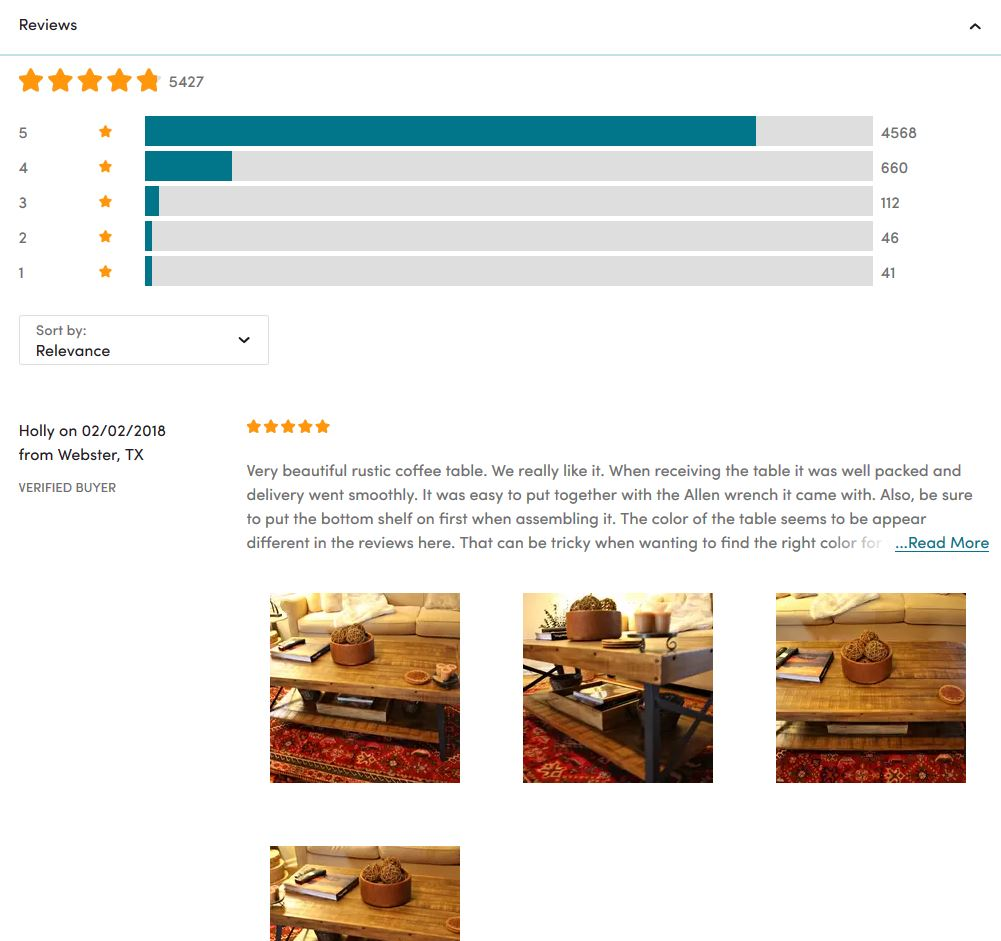
How to Use Social Proof in Ecommerce?
Social proof emerges as a powerful tool, leveraging the psychology of consumers to convince them to choose you. Here’s how you can strategically use social proof in Ecommerce:
#1 Display Testimonials on your Homepage
Research suggests that when we’re hesitant, we tend to follow the choices of others. Additionally, observing someone else’s positive experience increases visitors’ confidence in making purchases, subscribing, or filling out forms.
If you’ve received positive reviews for your products or services, it’s a good idea to feature them on your homepage. Trustify Reviews, for example, displays a carousel of customer reviews that help to build confidence in their service.
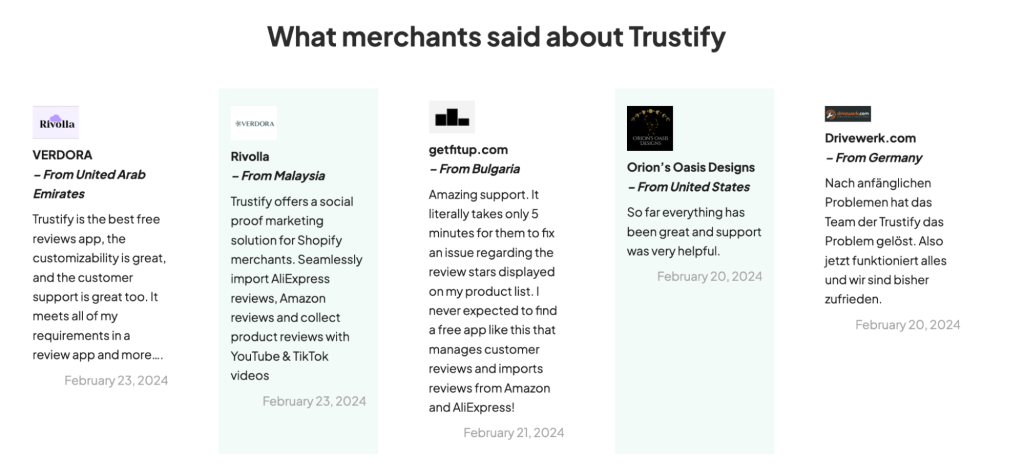
Google My Business, Trustpilot, and Clutch are some of the most trusted and commonly used platforms for collecting and showcasing customer testimonials.
#2 Implement Social Proof on Ecommerce Product Pages
1. Show the Quantity of Customers who Have Purchased a Product
We often assume that our peers have valid reasons for their actions or product choices. Hence, if you have a popular product, make it known to potential customers!
Display the number of people who have already purchased a particular product, especially if the figure is high. This information will undoubtedly influence customers, as they’ll see that many others have already chosen to buy the product.
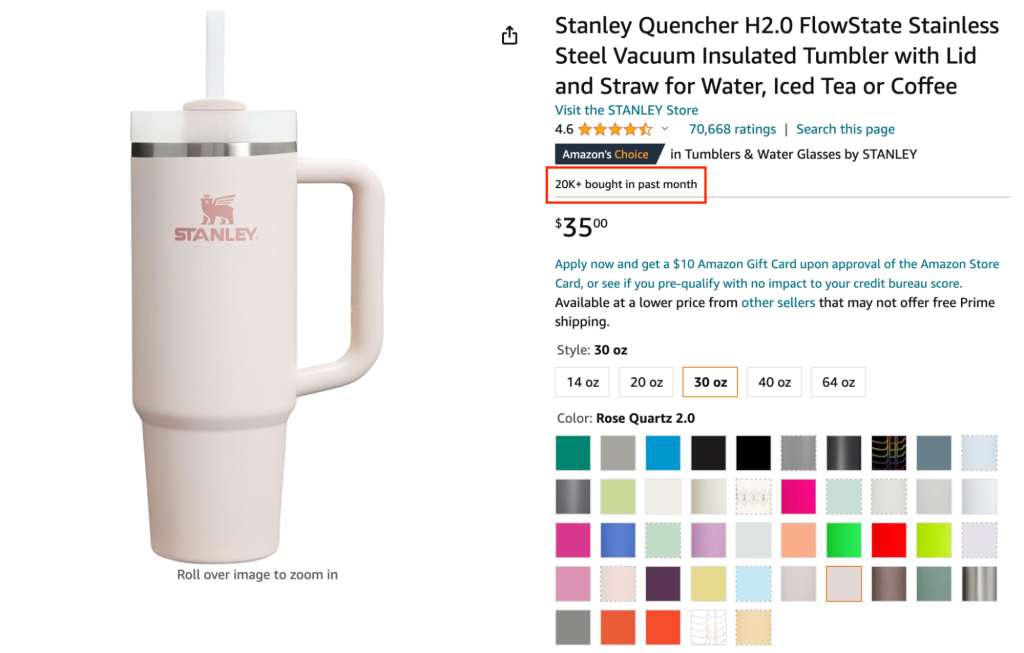
2. Include Customer Feedback Right under the Product
This prime location for social proof builds trust and confidence instantly. Shoppers can see positive reviews and testimonials right there, eliminating the need to search for validation. This close proximity creates a seamless flow of information, highlighting product benefits and real-world experiences all in one place.
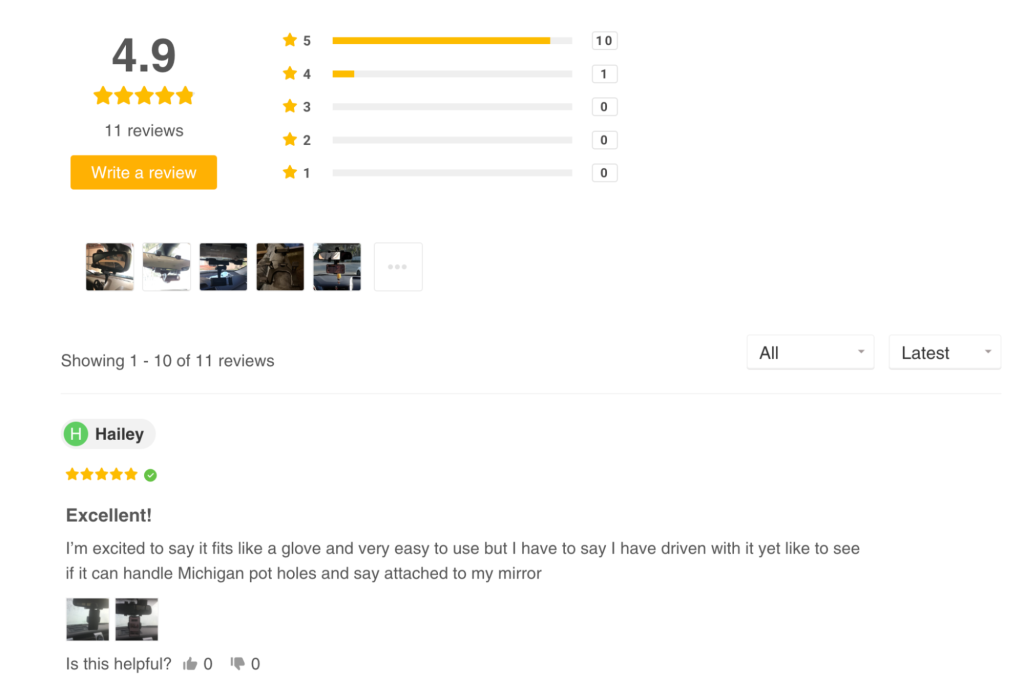
3. Display Live Customer Activity Updates
Use dynamic notifications upon a visitor’s arrival to your site to create a sense of urgency. This tactic can make them feel they risk missing out if they don’t purchase your product right away. Moreover, it signals to them that others are interested in your service and actively engaging with your website.

4. Highlight your Best Seller
Showcasing your product as the number one option, whether it’s the top-rated, best-selling, or fastest-growing, instantly boosts your customers’ confidence and satisfaction with their purchase decision.
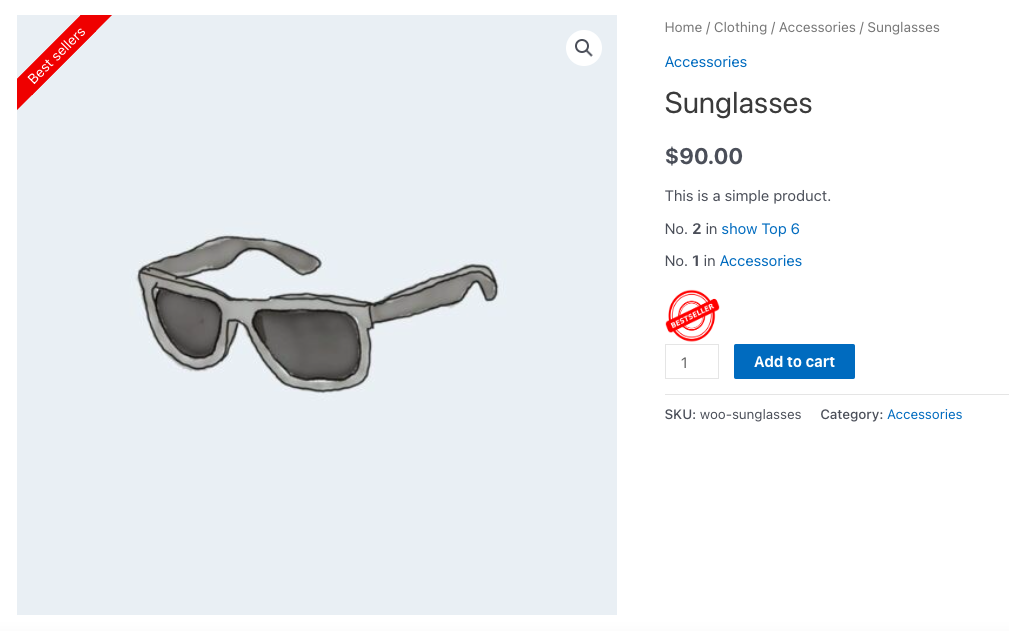
5. “Frequently Bought Together”
Following a successful payment, present a message like “People who bought this, also bought…” alongside a curated selection of relevant products. This taps into the power of social proof by subtly suggesting that these additional items are popular choices for customers with similar tastes.
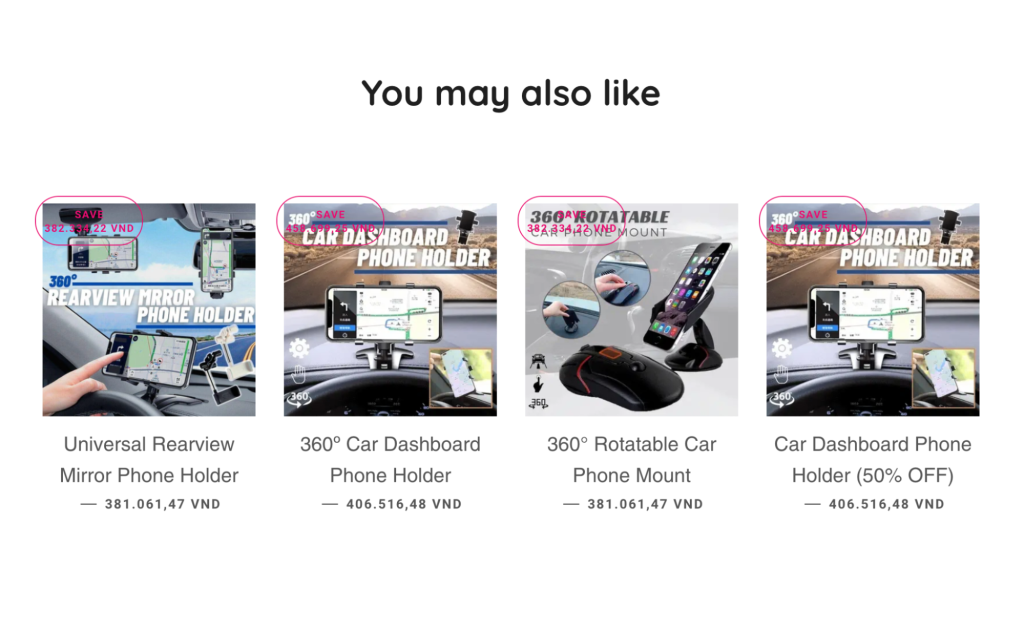
#3 Include Social Proof in the Checkout Process
The checkout and cart pages are prime locations to leverage social proof and turn hesitant browsers into buyers. Here, strategically placed elements like customer reviews, user-generated content, and trust badges can combat last-minute doubts. By incorporating a variety of social proof tactics on your checkout and cart pages, you can give customers that final nudge of confidence to complete their purchase.
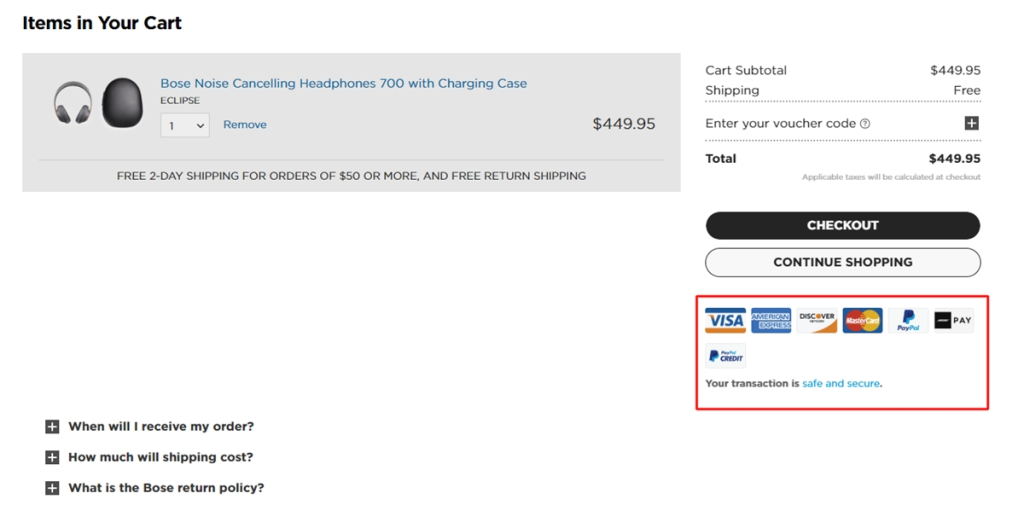
#4 Partner with an Influencer or Celebrity
Picture this: You’re scrolling through Instagram, stopping to admire the latest outfit on your favourite fashion blogger. Suddenly, they’re raving about these amazing new sunglasses they just got. They look incredible, and – bonus! – they totally fit your vibe, they encourage you to make a purchase.
So, the next time you see your favourite influencer raving about a product, remember – it’s not just a pretty picture. It’s a powerful social proof tactic that can turn online browsing into real sales.

#5 Use Social Proof in Emails
Lastly, remember to integrate social proof into your email marketing campaigns. This addition adds vitality to your messages, making them more engaging and personalized for your subscribers. As a result, you can expect to see higher open rates, click-through rates, conversions, and improved customer retention.
Highlighting Customer Reviews and Ratings
- Include snippets of positive reviews from satisfied customers directly in your email.
- Showcase average star ratings for products you’re promoting.
- Consider featuring quotes from reviews that address common customer concerns.
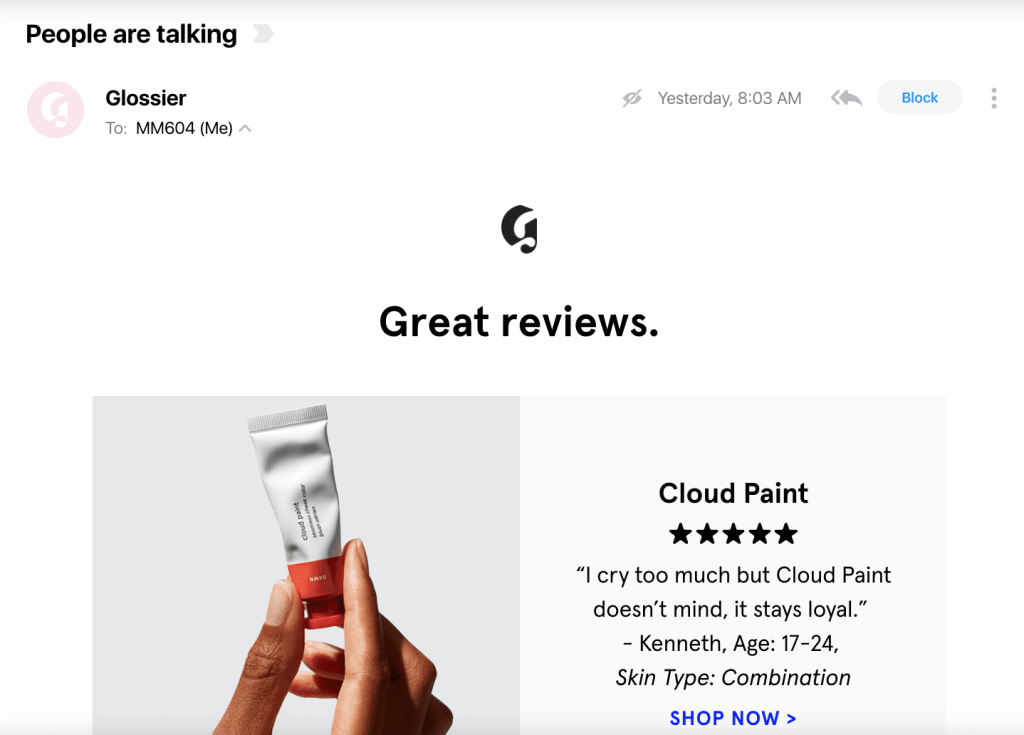
Quantify Your Popularity
- Mention the number of satisfied customers you have or highlight milestones like “10,000 happy customers!”
- If you’ve been featured in reputable publications, showcase logos or snippets from those articles.
Showcasing User-Generated Content
- Feature photos or videos from customers using your products.
- Run contests that encourage customers to share their experiences on social media, and then include winning entries in your emails.

>>> Read more: 30 Social Proof Examples in Marketing That Skyrocket Conversions
Social Proof in Ecommerce FAQs
In the course of running my business, I regularly interact with customers who often seek additional information and clarifications about various aspects of our products and services. I have compiled a list of the most frequently asked questions about social proof in ecommerce:
How Much Social Proof Should I Include?
While social proof can significantly influence consumer behavior, it’s essential to strike a balance in its presentation on your website. Avoid inundating visitors with an excessive amount of social proof elements, as this can overwhelm them. Instead, focus on maintaining a clean and well-organized design, prioritizing high-quality and relevant social proof that resonates with your target audience.
Place emphasis on gathering authentic customer feedback and showcasing genuine user experiences to build trust and credibility.
How can I encourage customers to leave reviews?
- Offer incentives: Provide discounts or rewards for customers who leave reviews.
- Make it easy to leave reviews: Include a clear call to action and a simple review process.
- Respond to reviews: Show customers you value their feedback by responding to both positive and negative reviews.
Is social proof on social media platforms just as important as on my website?
Absolutely! Social media is a powerful tool for social proof. Encourage customer engagement by responding to comments, running contests that generate UGC reviews, and highlighting positive brand mentions. Integrate social media feeds showcasing user-generated content onto your website to further leverage this social proof.
Wrap up
Integrating social proof in ecommerce platforms is crucial for building trust, credibility, and encouraging conversions. Through various strategies such as displaying customer testimonials, showcasing trust signals, and leveraging real-time activity notifications, online retailers can create a compelling narrative of reliability and popularity.
